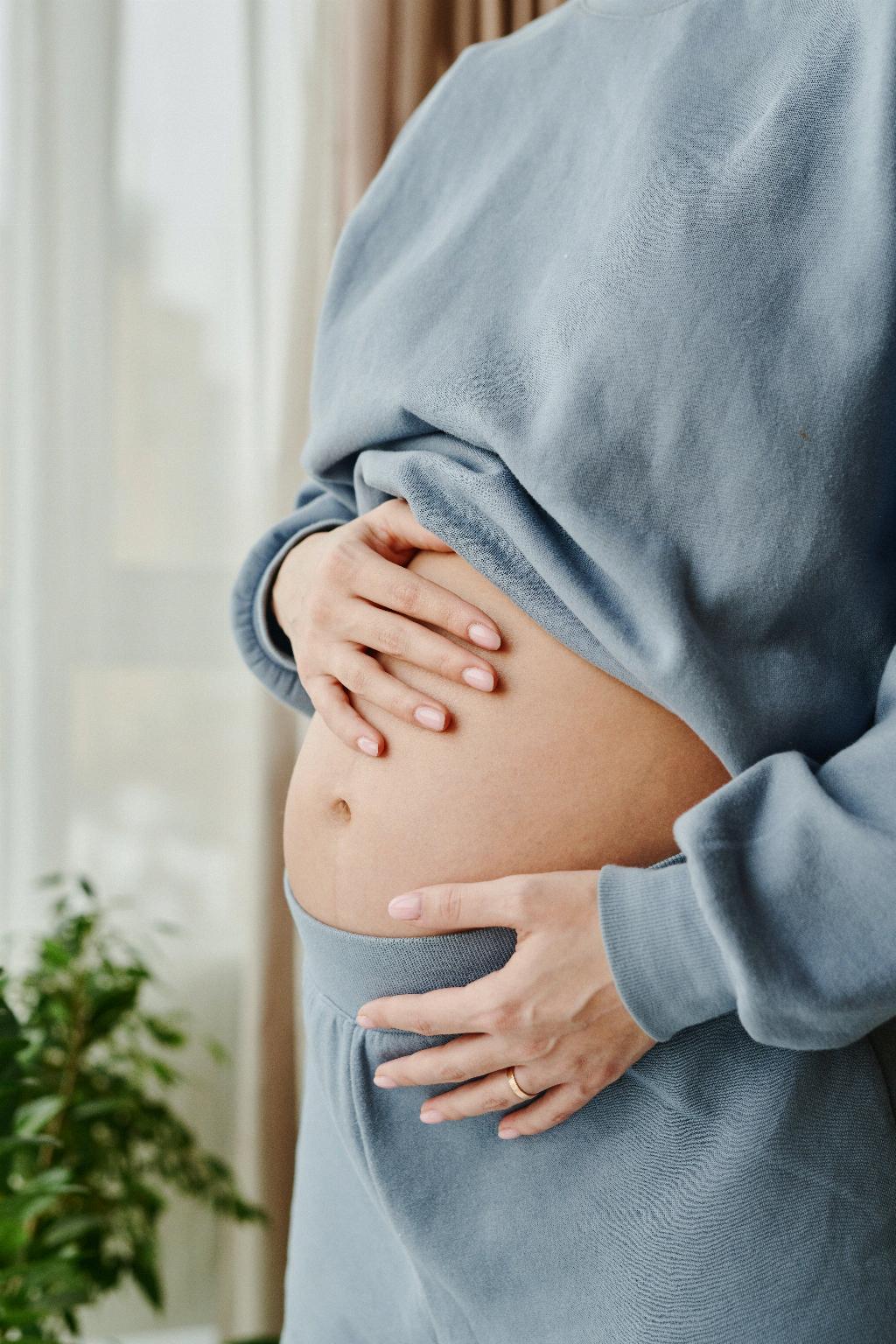Early pregnancy can bring a myriad of physical changes and challenges, and for some women, migraine headaches become a part of this reality. Migraines are a common type of headache experienced during pregnancy, with symptoms that can significantly impact daily life.
Throbbing Pain on One Side of the Head
One of the key characteristics of early pregnancy migraines is the throbbing pain that is often felt on one side of the head. This intense, pulsating sensation can be debilitating, making it difficult to focus on tasks or even carry out daily activities.
Triggered by Blood Vessel Expansion
Early pregnancy migraines are primarily caused by the expansion of blood vessels in the brain. This physiological reaction can lead to increased pressure and discomfort in the head, contributing to the intensity of the headache experience.
Nausea and Vomiting
Alongside the throbbing head pain, early pregnancy migraines can also be accompanied by nausea and vomiting. These gastrointestinal symptoms can exacerbate the overall discomfort and make it challenging to find relief.
Sensitivity to Light and Sound
Another common feature of early pregnancy migraines is sensitivity to light and sound. Even mild levels of brightness or noise can intensify the headache symptoms, creating a heightened sensitivity that adds to the distress of the experience.
Exacerbated by Hormonal Changes
During early pregnancy, hormonal fluctuations can play a significant role in triggering or exacerbating migraine headaches. The intricate interplay of hormones in the body can make women more susceptible to these intense head pains.
Impact on Daily Activities
For women experiencing early pregnancy migraines, the impact on daily activities can be profound. The combination of throbbing head pain, nausea, and sensitivity to light and sound can make it challenging to carry out routine tasks, leading to a sense of frustration and helplessness.
Changes in Pain Perception
Women who experience early pregnancy migraines may also notice changes in their perception of pain. The intensity of the headaches can alter how they interpret and respond to discomfort, influencing their overall well-being and emotional state.
Seeking Relief and Support
Managing early pregnancy migraines requires a multifaceted approach that combines medical interventions, lifestyle adjustments, and emotional support. Seeking guidance from healthcare professionals and exploring various treatment options can help alleviate symptoms and improve quality of life.
Importance of Self-Care
Self-care plays a crucial role in managing early pregnancy migraines. Engaging in relaxation techniques, maintaining a healthy diet, staying hydrated, and getting adequate rest can all contribute to reducing the frequency and severity of migraine headaches.
Embracing a Supportive Network
During early pregnancy, having a supportive network of friends, family, and healthcare providers can make a significant difference in coping with migraine headaches. Sharing experiences, seeking advice, and receiving emotional encouragement can help women navigate this challenging aspect of pregnancy.
Conclusion
In conclusion, early pregnancy migraines can be a distressing and debilitating experience for many women. Understanding the symptoms, triggers, and management strategies is essential for effectively addressing and alleviating the impact of migraine headaches during this crucial phase of life.

